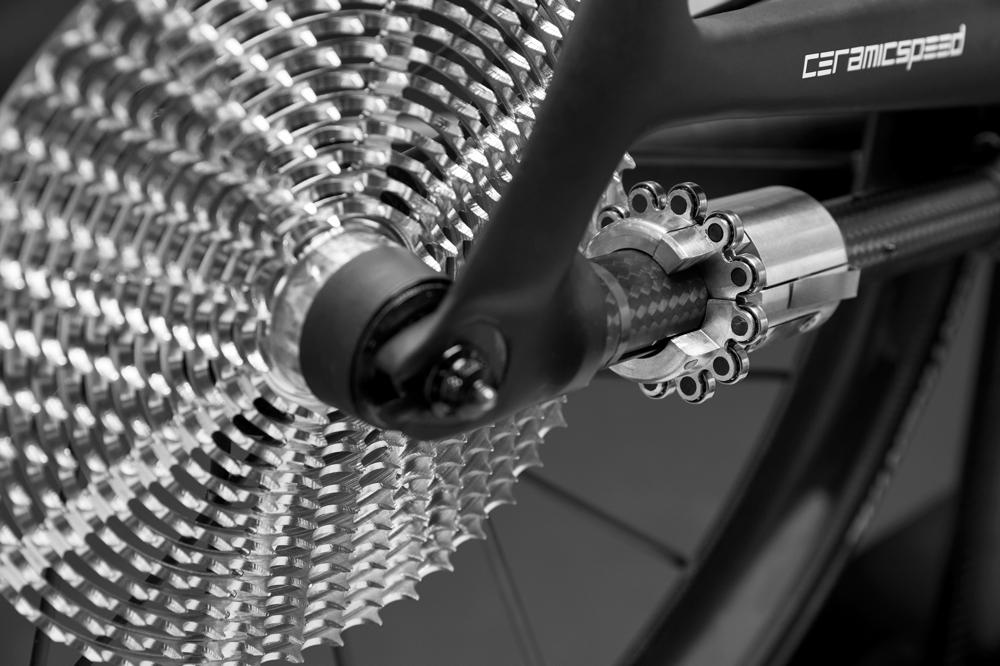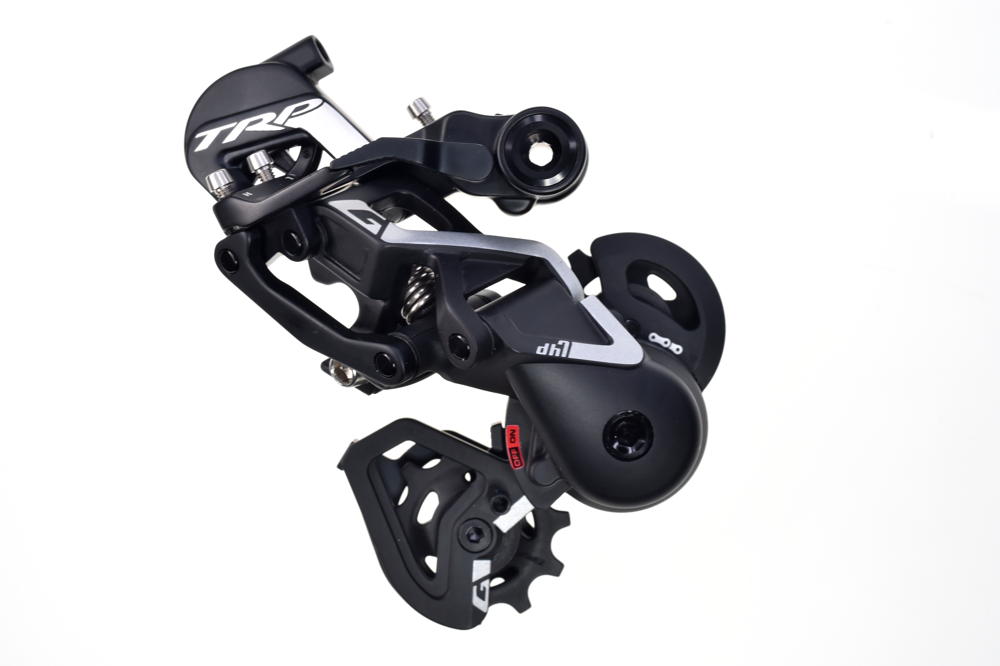Are these systems going to sink or swim?
A gaggle of new drivetrain brands – each with a unique perspective – are queuing up to have a crack at the big guns.
>>> Black Friday 2019 mountain bike deals: the offers have begun
Shimano or SRAM? Eagle or Hyperglide? The red pill or the blue pill? Those are questions mountain bikers have been asking themselves since the nineties, when the drivetrain market developed in a battle between super powers. The pendulum of commercial success and engineering innovation has swung back and forth ever since, with us, the consumer, benefiting the most from this competition in the form of better shifting, more durable drivetrains and, ultimately, the wide-ratio 1x system. But it’s also made life more difficult for smaller brands trying to carve out a niche, and new start-ups looking to challenge the established hierarchy.

Ceramic Speed Driven
It’s safe to say that Ceramic Speed is like nothing you’ve ever seen before on a mountain bike. Still a concept at the moment, the Driven system represents the Danish brand’s pursuit of a 99 per cent efficient drivetrain. It uses a pinion driveshaft and an intricate combination of sprockets to create something more familiar to high-end watch collectors than mountain bikers. The latest evolution of Driven has been fitted to a Canyon Lux full-suspension bike using a telescoping driveshaft, to accommodate rear centre growth, and a unique, custom swingarm. It’s still someway off production, however, and many question marks remain about cost, reliability, durability and performance at the high torque forces generated by mountain biking.

Rotor 1×13 Mountain
There has long been an obsession with offering as many gears as possible on a mountain bike. With the advent of single-ring drivetrains, that fixation subsided. But now it seems to be back, with Shimano and SRAM both offering 12-speed cassettes, and now Rotor one-upping the big guns with 13. But that’s far from the most unique aspect of this new MTB drivetrain. With a 10-52T cassette, it’s wider ratio than both SRAM’s Eagle 10-50T and Shimano’s 11-51T, and rather than use cables or electronic signals to actuate the derailleur, Rotor uses hydraulic fluid, just like a disc brake. This is said to be lower maintenance and more reliable,even if initial set-up will be more convoluted.

TRP G-Spec DH7
Better known for its brakes, the TRP drivetrain has been developed with the help of Aaron Gwin and his mechanic, John Hall. As you may have guessed from the name, this is a downhill-specific drivetrain with seven gears, but it’s safe to assume that TRP is using this as a basis for a wide-range trail/enduro groupset, as the DH market is so tiny. The shifter body is carbon, with dual thumb paddles and a ‘linear release action’ to ‘closely mimic thumb movement’, although this may also be to do with working around current shifter patents. At the other end, the short cage derailleur boasts an adjustable ratchet clutch to keep the chain secure, and the ‘Hall Lock’, that stops the b-knuckle (at the mech hanger) rotating to reduce noise.

Box One Prime 9
Heading in the opposite direction to Rotor, Box components is taking the less is more approach to drivetrains. With a nine-speed wide range cassette, long cage derailleur shifter and chain, the Prime 9 drivetrain is available at four different price points. The nine-speed drivetrain is claimed to be ‘bombproof’ and ‘easy to set up’ with a thicker chain that resists wear better than 12-speed versions. Despite having fewer ratios, Box claims there’s a consistent progression through the cassette with no unsettling gaps. An added bonus of the 11-50t cassette means it’s compatible with standard splined freebub bodies.




